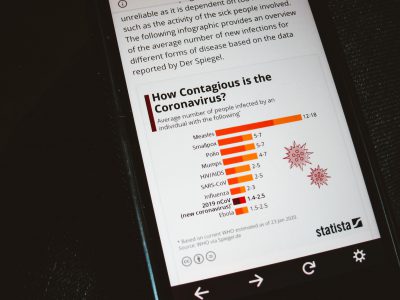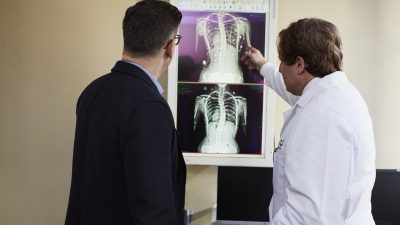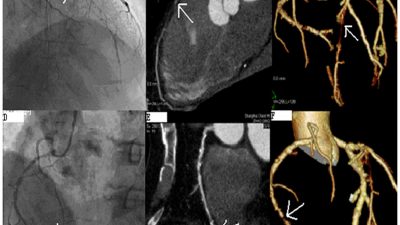The end of the year hopefully offers you a moment to look back on the past year and look forward to the next. As always, Accreditation for Cardiovascular Excellence is focused on quality. We hope you find a moment this Christmas to think about how you can improve patient care in 2019. Some of these recent stories might help. (Of course, ACE quality review and accreditation can also help, going forward.)
We’re obliged to recap newly released cardiology appropriate use criteria for peripheral artery intervention, of course, but we’ve also got a troubling look at potential upcoding of unstable angina—reportedly related to AUC released in 2009. In better news, we take a look at significantly positive device news, as well as insight on clinical management of suspected CAD.
Key Points to Remember: 2018 Appropriate Use Criteria for Peripheral Artery Intervention – American College of Cardiology
Matthew A Corriere, MD takes on the task of providing crucial takeaways from the recently released ACC/AHA/SCAI/SVM/SIR appropriate use criteria for peripheral artery intervention. He leads with simple, quality-focused reminders, including: “An appropriate treatment is one where the potential survival or health outcomes benefits exceed the potential negative consequences of the treatment strategy.” While the AUC emphasized exhausting medical therapy to achieve maximal benefit, this did not extend to patients with critical limb ischemia, where endovascular and surgical treatment were appropriate as opposed to intensification of medical therapy. Read more »
Study suggests upcoding to unstable angina is prevalent in outpatient PCI – Cardiovascular Business
Watch out for upcoding! A report published Dec. 17 in JAMA Internal Medicine suggests fraudulent coding behavior could be prevalent in catheterization laboratories to mask inappropriate use of PCI. The proportion of outpatient PCIs coded for acute indications increased in all three studied states following the release of AUC for coronary revasculatization in 2009—attributable to more PCIs coded for unstable angina. Yet, the proportion of inpatient PCIs for unstable angina remained relatively stable over the same timeframe. In a related editorial, cardiologists suggested that the upcoding is used to “circumvent the guideline-mandated trial of medical therapy prior to PCI.” Read more »
Troubling developments like these remind us to remind you that accreditation can help keep your cath lab out of the crosshairs. Unlike other accreditation providers, ACE review includes a sophisticated analysis of a random sample of cases, along with other review processes. These ensure ACE can clearly and confidently signal to the public that upcoding of this sort does not occur at your institution.
No Matter the Valve, Protective Device Cuts Post-TAVR Stroke Risk – MDedge
New meta-analysis seems to confirm the benefits of the Sentinel cerebral embolic protection (CEP) device on periprocedural stroke and mortality, regardless of the valve type used. “The only significant predictor for being stroke free was the use of the protective device,” said Julia Seeger, MD of the University of Ulm, in an interview at the TCT annual meeting. The institution opted to use embolic protection in all TAVR procedures several years ago, and analyzed data from 984 consecutive TAVR patients. In the 72 hours post-procedure, mortality or stroke were significantly lower with the device, and relative risk reductions were significant regardless of the valve devices used. Read more »
CTA an Effective Gatekeeper in Invasive Angiography Candidates with Suspected CAD – TCTMD
Results from the CONSERVE trial showed that MACE did not increase, but diagnostic yield did when CTA results guided selective referral for invasive angiography. Perhaps the most headline worthy development: the approach reduced diagnostic costs by more than half. Significant cost savings remind us that high quality care and low cost care are often connected, especially where quality-focused approaches reduce unnecessary variation and procedures. Read more »












